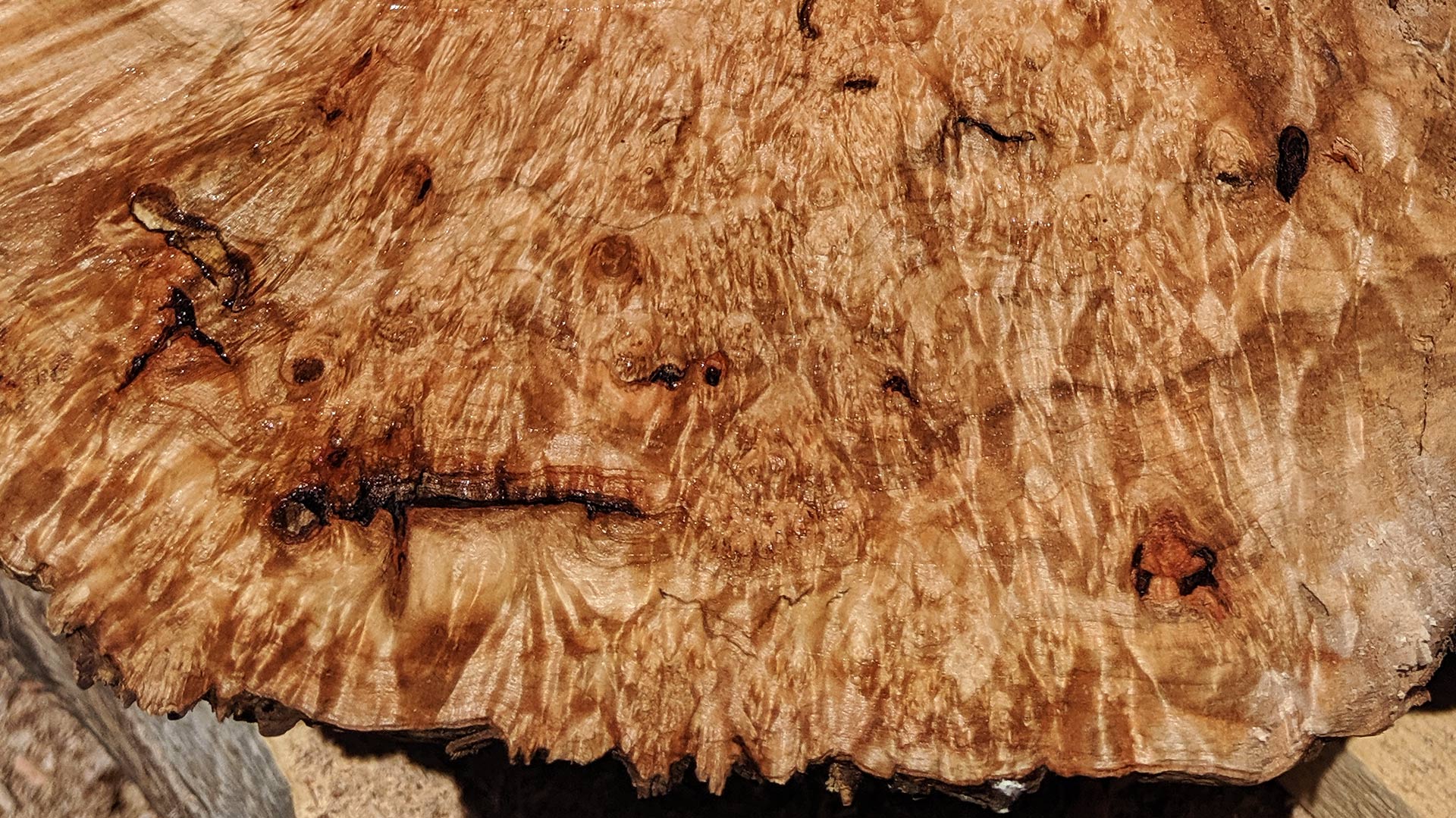How to Choose the Right Wood for Your Custom Furniture Project
Creating custom furniture is an exciting endeavor that allows homeowners to express their unique style and meet their specific needs. One of the most critical decisions you'll face during this process is to choose the right wood. Different woods offer various aesthetic qualities, durability, and pricing. In this article, we will explore how to choose the right wood for your custom furniture project by looking at various types of wood, their characteristics, and tips for making informed decisions. By understanding the nuances of wood selection, you can ensure that your custom pieces not only enhance your living space but also stand the test of time. Understanding Wood Types: Hardwoods vs. Softwoods The first step in selecting wood for custom furniture is to understand the difference between hardwoods and softwoods. Hardwoods, which come from deciduous trees that shed their leaves annually, tend to be denser, more durable, and more resistant to wear and tear. Examples include oak, cherry, and walnut. Softwoods, on the other hand, come from coniferous trees that remain evergreen. While they are generally lighter, less dense, and easier to work with, they are also more susceptible to damage. Examples include pine, fir, and cedar. At Denver Wood Slabs, the majority of our inventory is made up of hardwoods though occasionally we will take in exceptionally large or otherwise special softwood trees to mill. Grain Patterns and Aesthetics After deciding between hardwood and softwood, consider the aesthetic aspects of the wood. The grain pattern and color can significantly influence the overall look of your custom furniture. For example, oak features a prominent grain pattern, making it an excellent choice for a rustic or traditional style. In contrast, walnut has a smooth, elegant finish, perfect for a modern or sophisticated appearance. Maple is known for its light color and subtle grain, often used in contemporary designs. Ash can produce a very linear grain while elm has wild figuring, especially where limbs branch out. Color is another consideration and while coloring by specie can be predictable, it can also vary wildly even in the same piece of wood. Ultimately, think about how the wood's color and grain will complement your existing interior decor and color palette. You may also consider incorporating multiple types of wood to create visual interest in your project. Durability and Maintenance When choosing wood for your furniture, consider its durability and the level of maintenance it requires. Some woods, like teak and mahogany, have natural oils that make them highly resistant to moisture and decay. This characteristic is ideal if you're creating outdoor furniture or pieces exposed to humidity. Others, such as pine and poplar, while easier to work with, may require additional treatment and care to maintain their integrity over time. If you have children or pets, opt for more durable hardwoods that can withstand wear and tear. Research the specific maintenance requirements of the wood species you're considering to ensure it aligns with your lifestyle and cleaning preferences. Environmental Considerations Many consumers now seek out responsibly sourced woods, and it's essential to consider the environmental impact of your wood choices. New classifications such as Cambium Carbon's "Carbon Smart" designation lets you know the wood you are purchasing was sourced less than 50 miles from where it was purchased.. Additionally, consider using reclaimed or salvaged wood. It not only has a unique character but also helps reduce the demand for new lumber. By prioritizing sustainability in your project, you can create beautiful furniture while supporting eco-friendly practices. Cost Considerations Budget is a critical factor when choosing wood for your custom furniture. The cost of wood can vary significantly based on species, figuring, size, and quality. Hardwoods like walnut and white oak typically carry a higher price tag compared to more common softwoods like pine. However, investing in quality wood can often translate to longer-lasting furniture. Those looking for truly fantastic and unique slabs will find many options at Denver Wood Slabs. For those with smaller spaces or budgets, we also have a wide range of prices, species and sizes including off-cuts and remnants which are more affordable. Finishing and Treatment The final appearance and longevity of your custom furniture are heavily influenced by the finishing treatment applied to the wood. Different finishes can enhance the natural beauty of the wood, accentuating its grain and color. Some popular finishes include oil, lacquer, and polyurethane. Each option offers varying levels of protection and sheen, so it's essential to choose one that complements the specific wood you are using. Some finishes like Rubio Monocoat can be spot sanded and refinished while poly will be more durable but require a full sand and finish to fix any scratches or dings. Additionally, consider whether you prefer a matte or glossy look and how it will fit into your overall design scheme. Getting Professional Help If you're feeling overwhelmed by the many choices or unsure which wood type is best for your specific project, don't hesitate to seek professional advice. With almost twenty years in business we can help you navigate these choices, provide examples for review and help you make the right choices. We can work with you directly or with your designer, custom home builder or architect. Conclusion: Making an Informed Decision Choosing the right wood for your custom furniture project is a multifaceted decision that can greatly impact the final product's appearance, durability, and cost. By understanding the differences between hardwoods and softwoods, considering aesthetics, durability, maintenance, environmental impact, and budget, you can make a more informed choice. Don't forget about the importance of finishing treatments and the potential benefits of consulting professionals. Ultimately, the wood you select will not only enhance the beauty of your living space but also create lasting pieces that will be cherished for years to come. So take your time, research your options, and enjoy the creative process of bringing your custom furniture vision to life.



